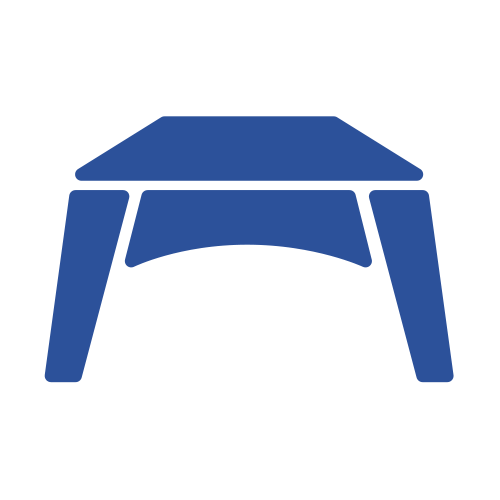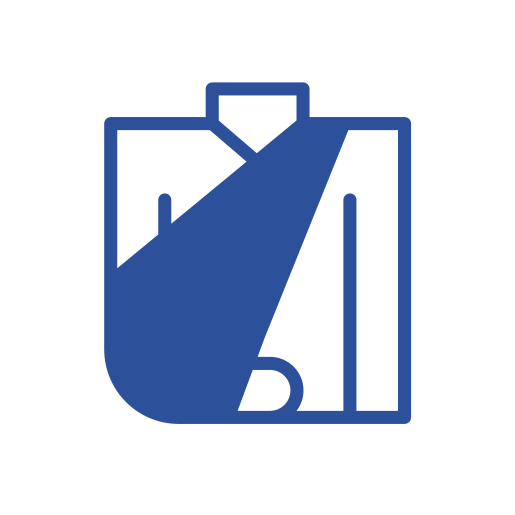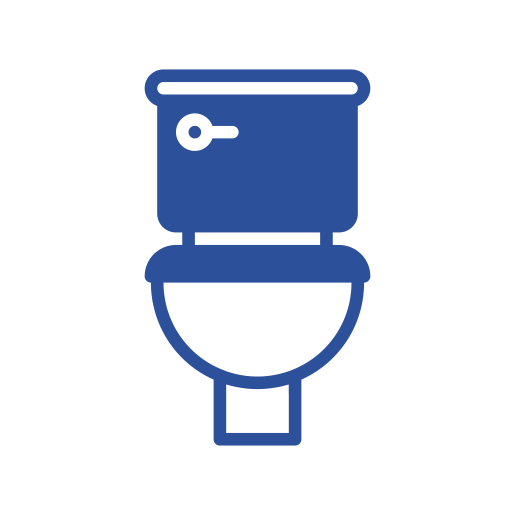Whilst more and more of us are enjoying a healthy and active lifestyle, being active and doing sporty pursuits can have its potential dangers and lead to unwanted aches, strains, or even something more serious.
But for most of us, the benefits of regular exercise far outweigh the risks and in the vast majority of cases, injuries tend to be of a minor nature and can quickly be recovered from, or at the very least, you can be out there again, with the affected area(s) protected from any further damage.
Tip 1: Get the right advice early…
So many times, what starts as a small niggle, is ignored often for many days or even months, and leads to become something worse and means long layoffs and a frustrating wait before you can get back to your normal activity routine.
It’s great advice to listen to your body, if there’s something not quite right, get early advice. This could be from your GP or physio, or even a chiropodist or massage therapist.
Professionals can detect problems early and can signpost you to the right corrective action before your injury or condition becomes more serious. Never ignore symptoms and struggle on, chances are they won’t just go away on their own.
Tip 2: Pace your recovery schedule
If you have an ache, strain or injury and you are recovering well, chances are you’ll be dying to get back out there as you were, as quickly as possible. But a return to strenuous gym, running, cycling or other exercise too quickly, or with too greater frequency can lead to a repeat of the injury, or a new one appearing, as your body tries to compensate for the affected area.
It’s important to limit your sessions to shorter durations, and too keep the intensity of those sessions at a level that is well within your capabilities as you return to your full training regimen.
In some cases, and depending on the level you compete or undertake your sporting activity, it can be good to work with a personal trainer or physio to work out a plan of recuperative exercise, this may only take one session to set you on the right path, then you can follow the plan devised for you.
Tip 3: Use the right products to help your recovery
The good news is there are a plethora of great products on the market to help you either prevent injuries in the first place, or to help you recuperate faster so you can return quickly to your desired sporting activity.
For injury recovery to limbs we have a wide range of supports to help you keep the joints in correct position and alignment as you make your recovery.
These supports cover ankles, knees, elbows, wrists, the neck and back so you can rest assured, find a very good support product for your own specific need.
For gentle muscular and tendon support, our range of kinesiology tapes can strap the important muscle groups in affected areas to ensure they are supported and achieving correct movement and location when running or for any other activity.
Tip 4: Use alternative activities to build strength
It’s a great idea when recovering from a sports injury, to guide yourself back to your regular sporting pursuit by exploring other activities to build strength, coordination and getting your confidence back.
This might look like trying walking, yoga, swimming or Pilates or any other activities you can think of, just something new that explores other ways to get gentler exercise and movement, to get you back to fitness and build up gentle cardio resistance.
Asking for recommendations on Facebook is a really good idea, within local groups and people will usually suggest many activities that you can give a try. Just ensure that you understand the type of exercise and if it’s appropriate for your current level of fitness and ability before starting.
Tip 5: Use support cushions when you relax
Sleep and relaxation are vital for recuperation and recovery from injuries and strains. It is in our sleep when our own body’s rebuilding mechanisms go to work in regenerating tissue and supplying affected areas with both oxygen and nutrients to aid recovery. So anything we can do to aid comfort and relaxation is of great benefit.
Support cushions come in a variety of shapes, sizes and configurations to help to maintain correct posture and directly support affected areas. Memory foam filling gives moulded gentle support to your personal body contours that allow you to get proper rest and get off to sleep, so aiding faster recovery.
Support cushions give proper support to the spine and neck allowing for postural alignment of the vertebrae and for muscle groups to achieve greater relaxation in periods of rest. Alternatively, cushions can be arranged to support localised areas such as the arms, legs or feet.
We hope you’ve enjoyed reading this post and that you get some good ideas to help you when recovering from any injury, aches or strains. remember to visit our website to get many suggestions across other product ranges to help you promote a healthy lifestyle and wellbeing.

 Bathroom Aids
Bathroom Aids Beds & Bed Aids
Beds & Bed Aids Car & Travel Aids
Car & Travel Aids Chairs & Seating Aids
Chairs & Seating Aids Cleaning & Hygiene
Cleaning & Hygiene Comfort & Dressing
Comfort & Dressing Continence Care
Continence Care Cushions & Supports
Cushions & Supports Daily Living Aids
Daily Living Aids Disabled Ramps
Disabled Ramps Footwear & Footcare
Footwear & Footcare Health & Medical Aids
Health & Medical Aids Medical Professionals
Medical Professionals Mobility Scooters
Mobility Scooters Paediatric Equipment
Paediatric Equipment Parts & Spares
Parts & Spares Patient Handling
Patient Handling Stair Lifts
Stair Lifts Therapy & Orthopaedics
Therapy & Orthopaedics Toileting Aids
Toileting Aids Walking Aids
Walking Aids Wheelchairs
Wheelchairs




